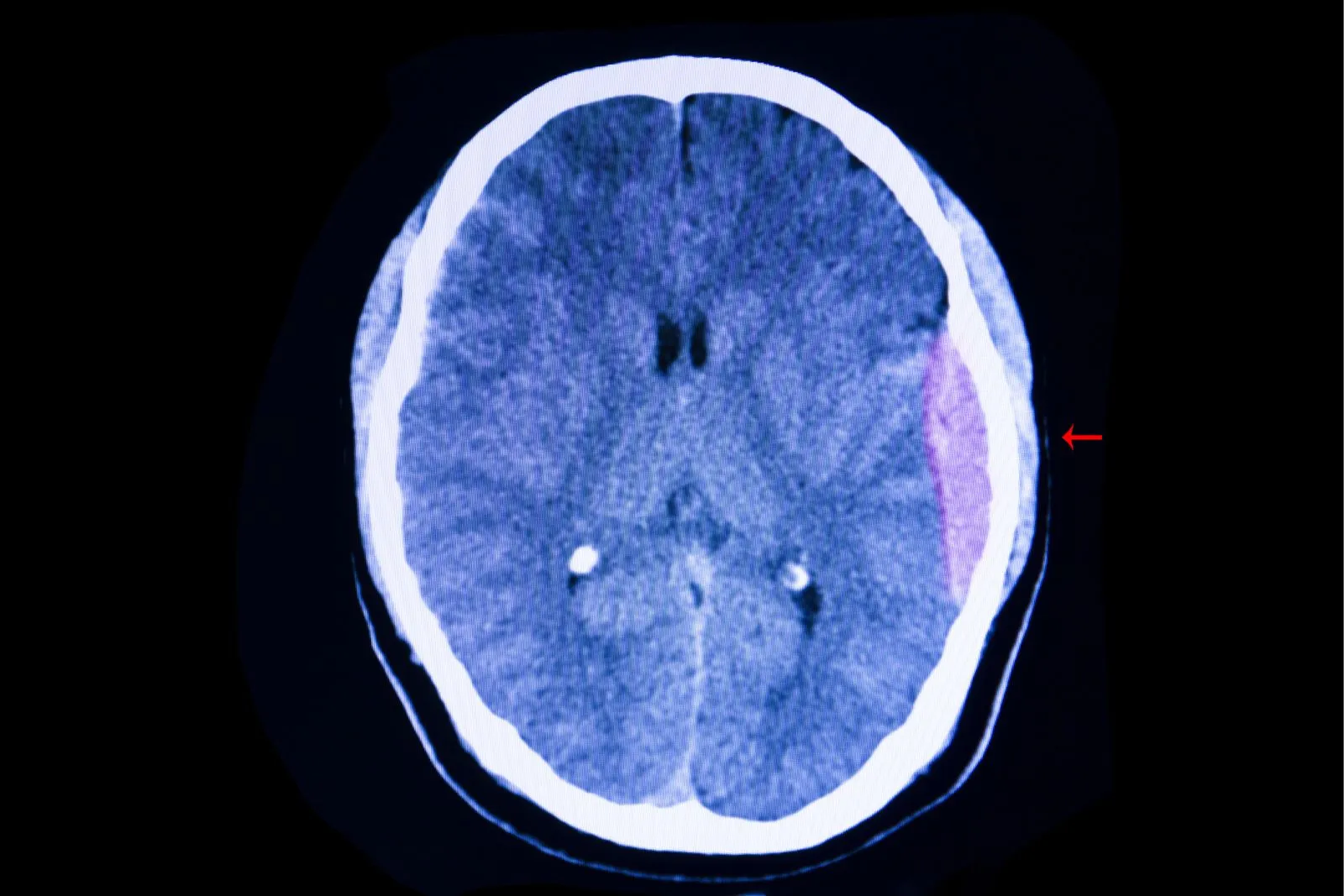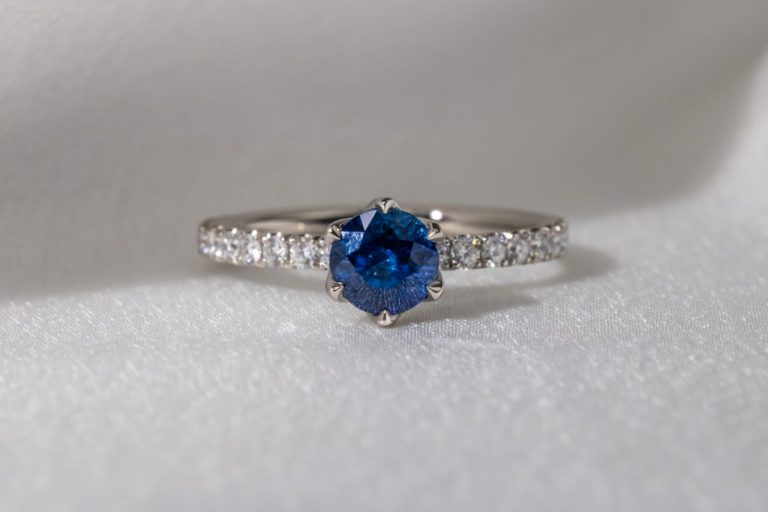How to Prevent Lasting Damage from Head Strikes
Head strikes can have lifelong impacts, making prevention and quick action crucial. This guide covers the risks of head injuries, tips to reduce them, and steps to take if one occurs, helping you protect yourself and others.
Understanding the Risks of Head Strikes
What Happens When the Head is Struck?
When your head takes a hit, your brain can be jolted inside your skull, leading to a traumatic brain injury (TBI). These range from mild concussions to severe brain damage. The immediate effects may include dizziness, nausea, confusion, and headaches, but more serious impacts could cause memory issues, motor function problems, or life-threatening conditions like brain hemorrhages.
Why Are Head Strikes Dangerous Over Time?
Even minor blows to the head can accumulate damage if they happen repeatedly over time, such as in contact sports like football, rugby, or boxing. Conditions like chronic traumatic encephalopathy (CTE) have been linked to repetitive head trauma. This can result in memory loss, depression, impaired judgment, and personality changes later in life.
Prevention Is the Best Cure
Reducing the likelihood of a head strike is the first and most important step. Below are proactive measures you can take to protect yourself or others.
Wear Safety Gear
One of the simplest ways to lower the risk of head injuries is by wearing protective headgear.
- For sports: Always wear sport-specific helmets like bicycle, ski, or football helmets. Look for models that meet safety certification standards, such as those from the Consumer Product Safety Commission (CPSC).
- At work: Those in industries like construction should wear hard hats to prevent injuries from falling objects or accidental bumps.
- For kids: Ensure children riding bikes or scooters have snugly fitted helmets. Education about consistent helmet use early on can foster habits that last for life.
Improve Your Environment
Make sure the spaces where you live and work are as safe as possible.
- Remove tripping hazards like rugs or cords in your home that could cause falls.
- Install handrails on stairs and grab bars in bathrooms.
- Ensure workspaces are free of loose objects, and use proper equipment to reach high shelves.
Strengthen Your Body
Physical preparedness can help reduce your risk of head strikes and improve recovery if an injury does happen.
- Strengthen neck muscles: A strong neck can absorb impact and reduce the forces transmitted to the brain. Incorporate neck exercises into your fitness routine, especially if you engage in high-risk sports.
- Work on balance: Activities like yoga or tai chi can enhance balance and stability, making slips and falls less likely.
Education and Awareness
Educating yourself and others is crucial to prevention. Discussions with your children, teammates, or coworkers about the importance of head protection can go a long way. For athletes, ensure your team knows when to call out potentially unsafe practices, such as head-first tackles in football or improper falls in martial arts.
Responding to a Head Injury
Despite taking every precaution, accidents can still happen. Knowing how to react quickly can minimize long-term harm.
Recognize the Signs of a Serious Head Injury
Symptoms that could indicate significant damage include:
- Loss of consciousness
- Persistent headache or worsened pain
- Nausea or vomiting
- Problems with balance or coordination
- Slurred speech or confusion
Act immediately if any of these symptoms occur.
Seek Medical Attention Promptly
If someone suffers a head strike, it’s better to be overly cautious than dismiss potential harm. Even if symptoms seem mild initially, consult a healthcare professional. A medical evaluation can rule out any unseen issues, such as internal bleeding or swelling. Early diagnosis is crucial for determining the appropriate treatments for brain injuries like those in Utah, which may include rest, medication, or in severe cases, surgery.
Rest and Recovery
For concussions and minor injuries, cognitive rest is essential.
- Avoid activities that require intense concentration, like reading, watching screens, or working, until cleared by a medical provider.
- Return to physical activity gradually. Re-injuries during recovery can amplify the damage exponentially.
Consider Long-Term Safety
Monitor for Late Symptoms
Some effects of head injuries may not appear until weeks or even months later. These include mood swings, difficulty concentrating, or unexplained fatigue. Keep track of any changes and report them to a medical professional.
Follow Up Regularly
Stay consistent with follow-up appointments. Imaging scans, neurological exams, or cognitive tests may be needed to ensure long-term recovery and rule out complications.
Advocate for Safer Practices
Talk with coaches, employers, or local organizations to establish safer standards in sports and work settings. Push for mandatory protective measures and enforcement of no-tolerance rules for high-risk behavior.
Empower Yourself with Knowledge
While head injuries remain a serious concern, taking proactive measures can significantly lower your risk. By staying informed, using appropriate safety equipment, and reacting promptly to injuries, you can minimize the chances of lasting damage.
Whether it’s advocating for helmet use in children, creating safer workspaces, or knowing the signs of a concussion, every small step adds up.
Need more information about protecting your health? Explore additional resources or consult with medical experts to ensure you’re doing all you can to prevent and respond to head injuries effectively.
Conclusion
Now that you’re equipped with knowledge about head injuries and how to prevent them, it’s time to take action. Remember, prevention is the best cure, so always prioritize safety by wearing protective gear, improving your environment, and educating yourself and others.







